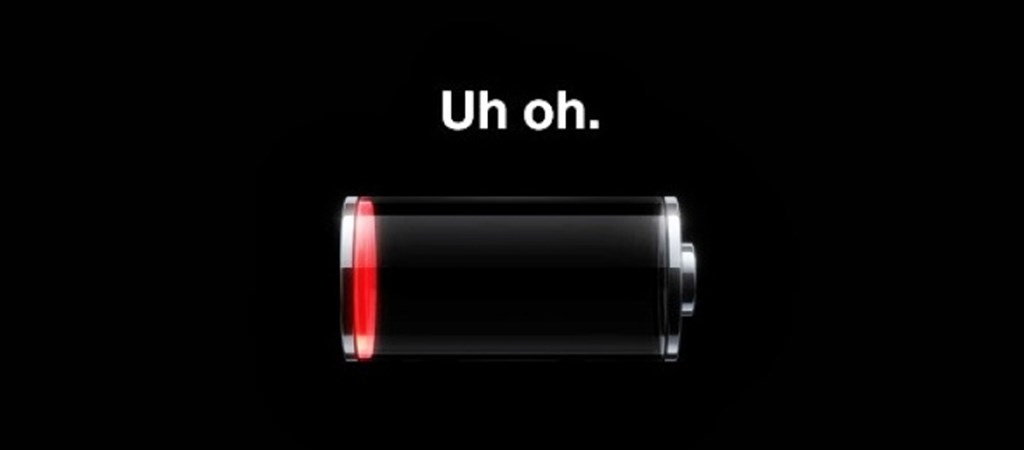The Tridyne F-100 is a popular device known for its reliable performance and advanced features. However, like all electronic devices, it can experience issues, such as a low battery warning. In this article, we will explore the Tridyne F-100 low battery issue, its potential causes, and the best solutions to address it.
What Is the Tridyne F-100?
The Tridyne F-100 is a sophisticated device used in various applications, including industrial and consumer electronics. It is known for its efficiency and high-quality performance. However, even the most advanced devices can face battery-related problems, which can affect their functionality and user experience.
Common Features of the Tridyne F-100
Before diving into battery issues, it’s helpful to understand the features of the Tridyne F-100 that make it a preferred choice:
- High Precision: The Tridyne F-100 offers accurate readings and reliable performance.
- User-Friendly Interface: It is designed with ease of use in mind, featuring an intuitive interface.
- Durability: Built to withstand tough conditions, making it suitable for various environments.
Understanding the Low Battery Warning
A low battery warning on the Tridyne F-100 indicates that the device’s battery power is running low and needs attention. This warning can appear in different forms, such as an alert on the screen or a warning light.
Common Symptoms of Low Battery
- Decreased Performance: The device may start to lag or function erratically.
- Frequent Warnings: You may receive frequent notifications about low battery levels.
- Automatic Shutdown: The device might shut down unexpectedly to preserve remaining power.
Causes of Low Battery in the Tridyne F-100
Several factors can contribute to a low battery issue in the Tridyne F-100. Understanding these causes can help you address the problem effectively.
1. Battery Age and Wear
Over time, batteries naturally lose their ability to hold a charge. If your Tridyne F-100 is old, the battery may be reaching the end of its lifespan, leading to frequent low battery warnings.
2. High Power Consumption
Using the device for extended periods or running high-power features can drain the battery quickly. Make sure to monitor the usage patterns to manage power consumption effectively.
3. Inadequate Charging
If the Tridyne F-100 isn’t charged properly or frequently enough, it can lead to low battery issues. Ensure that you follow the recommended charging procedures.
4. Environmental Factors
Extreme temperatures, both hot and cold, can affect battery performance. Using the device in harsh environmental conditions can lead to faster battery depletion.
Solutions for Tridyne F-100 Low Battery Issues
Addressing a low battery issue involves several steps, from simple fixes to more advanced solutions. Here are some effective ways to handle a low battery problem with the Tridyne F-100:
1. Charge the Battery Properly
Ensure that you are using the correct charger and charging the device according to the manufacturer’s guidelines. A full charge can help extend battery life and prevent frequent low battery warnings.
2. Replace the Battery
If the battery is old and no longer holds a charge effectively, consider replacing it with a new one. Check with the manufacturer or a certified technician for compatible battery options.
3. Manage Power Usage
Reduce the use of high-power features when not needed. Adjust the settings to optimize battery performance and extend the time between charges.

4. Maintain Optimal Operating Conditions
Keep the Tridyne F-100 in a controlled environment. Avoid exposing it to extreme temperatures and humidity levels, as these can affect battery life.
5. Regular Maintenance
Perform regular maintenance checks to ensure that the battery and charging components are functioning correctly. This can help prevent unexpected low battery issues.
Preventing Future Low Battery Problems
Taking preventive measures can help avoid future low battery issues with your Tridyne F-100. Here are some tips to keep your device running smoothly:
1. Regular Charging Schedule
Establish a regular charging schedule to ensure that the battery is always adequately charged. Avoid letting the battery drain completely before recharging.
2. Use Battery Saver Features
If available, activate battery saver features on the device. These features can help manage power consumption and extend battery life.
3. Avoid Overcharging
While it’s important to keep the battery charged, avoid overcharging it. Disconnect the device from the charger once it reaches full capacity to prevent potential damage.
4. Monitor Battery Health
Keep track of the battery’s health through device settings or diagnostics tools. Regular monitoring can help identify potential issues before they become significant problems.
5. Seek Professional Assistance
If you encounter persistent low battery issues despite following these tips, consult a professional technician. They can provide a thorough diagnosis and recommend appropriate solutions.
Conclusion
A low battery issue with the Tridyne F-100 can be a common problem, but understanding the causes and solutions can help you manage it effectively. By following proper charging procedures, maintaining optimal operating conditions, and taking preventive measures, you can extend the life of your device and reduce the frequency of low battery warnings.
If you continue to experience issues, don’t hesitate to seek professional help. With the right approach, you can ensure that your Tridyne F-100 remains a reliable and efficient tool in your daily operations.



